Wellness Mobile App – Feature Ideation
Decision-Making Process & Rationale
1. Choice of Product & Context
I selected a Wellness Mobile App as the product context because wellness and habit-building apps are highly relevant, relatable, and offer many feature possibilities. This choice also aligns with current industry trends where user engagement, motivation, and consistency are core challenges. By grounding the workshop in a wellness context, I ensured the activities would feel meaningful and easy for participants to connect with.
2. Workshop Goals & Outcomes
The goals were deliberately framed around:
- Generating a large pool of feature ideas (divergent thinking).
- Aligning cross-functional teams on which ideas matter most (convergent thinking).
- Producing tangible early outputs (user flows, sketches, prioritization).
This ensures the workshop balances creativity (fun ideation) with practicality (clear roadmap, ownership, and action steps).
3. Agenda Structure & Timing
The agenda follows a natural arc:
- Warm-Up & Context Setting → Icebreaker and problem framing to energize participants.
- Divergent Phase → Brainstorming (Crazy 8s) to encourage volume and creativity.
- Convergent Phase → Dot voting + idea selection to focus on what’s feasible and impactful.
- Development Phase → Translating selected ideas into flows and sketches (so the workshop produces real artifacts).
- Closure → Wrap-Up with action planning ensures accountability and next steps.
Breaks were strategically placed to keep energy high without losing momentum.
4. Activity Choices
- Icebreaker (Draw Your Morning Routine): Chosen to tie directly into wellness habits while also serving as a fun, creative warm-up.
- Crazy 8s: A classic ideation technique that forces speed and quantity, preventing overthinking.
- Dot Voting: Ensures equal participation in decision-making and helps surface consensus quickly.
- Concept Development in Groups: Encourages collaboration, builds ownership, and ensures ideas evolve beyond post-its into tangible wireframes.
- Wrap-Up & Action Planning: Prevents workshops from being “idea dumps” and ensures deliverables connect to real next steps.
5. Deliverables & Tools
The deliverables were intentionally limited to Top 3–4 features + early user flows. This makes the scope realistic for a half-day workshop and creates outputs that can directly feed into prototyping.
Tools like sticky notes, markers, and dot stickers were chosen for physical engagement. Optional digital tools (Miro, Slack) were added for remote collaboration if needed.
6. Design & Presentation Rationale
The layout of the workshop plan was designed for scannability and clarity:
- Left column = logistical information, goals, tools, and deliverables.
- Right column = chronological agenda flow.
- Use of color tags (Design, Marketing, Dev, etc.) to show inclusivity of cross-functional teams.
- Icons and break sections were added to make the agenda fun, approachable, and portfolio-friendly.
7. Overall Philosophy
The rationale behind every decision was to create a workshop that is:
- Engaging (through fun activities and creative energy).
- Inclusive (cross-functional participation).
- Outcome-driven (clear prioritized features, early sketches, roadmap).
- Portfolio-ready (well-structured, visually clear, and professional).
Tools used
From brief
Topics
Share
Reviews
1 review
This is really well thought out! Great job with using the space, all of the information is scannable and well laid out. You do a good job of explaining your rationale here as well as focusing on the goal and the deliverables.
Very professional work, you definitely understood the assignment well.
You might also like
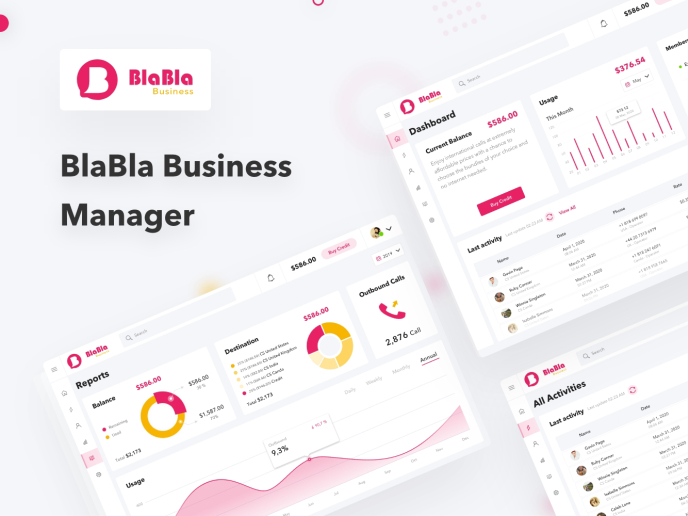
BlaBla Business Manager
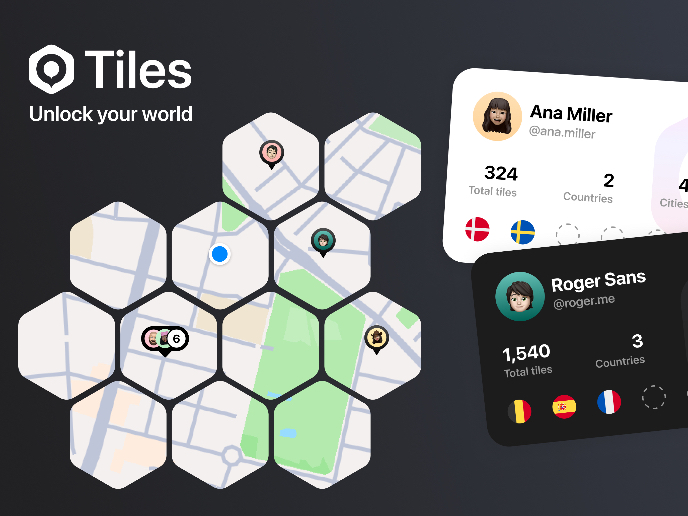
The Tiles app
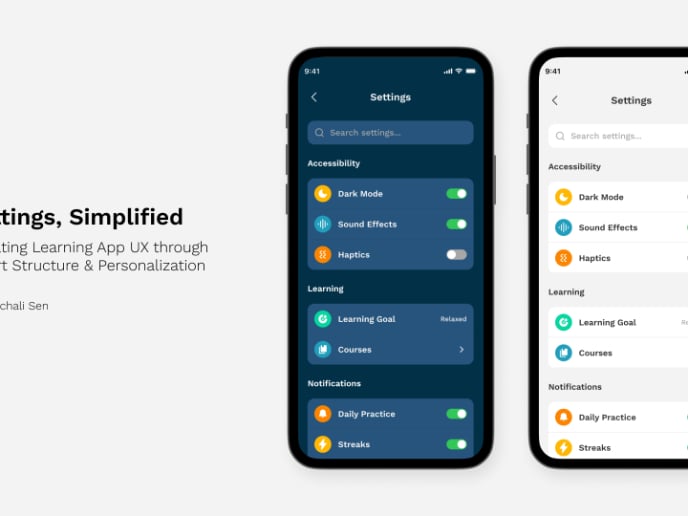
Settings, Simplified: Elevating Learning App UX through Smart Structure & Personalization
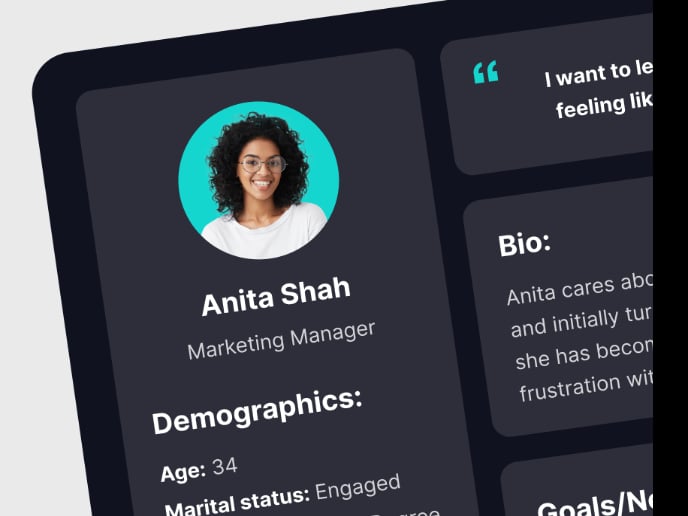
Linkedin Mobile App - Engagement Decline
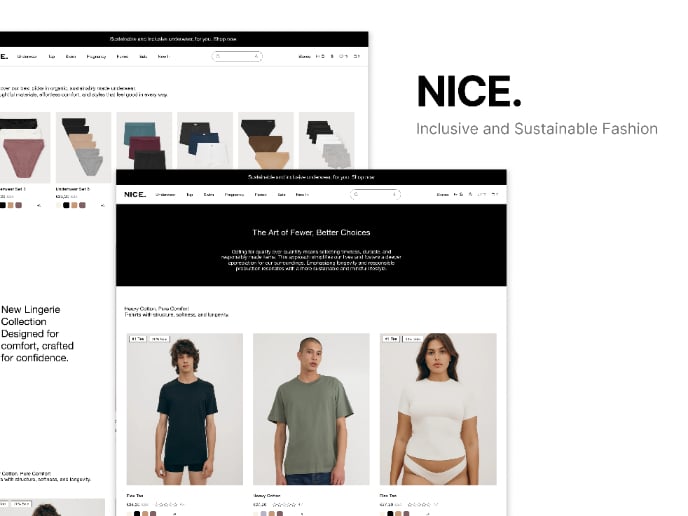
Nice. Underwear.
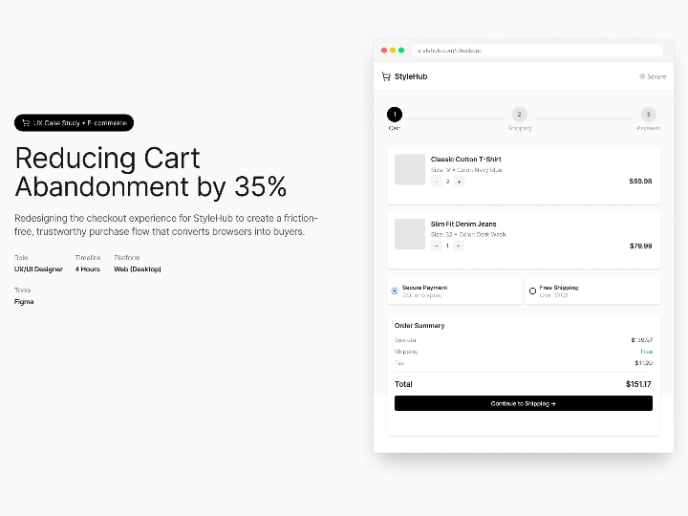
UX Case Study • E-commerce
Design Leadership Courses

UX Design Foundations

Introduction to Figma









